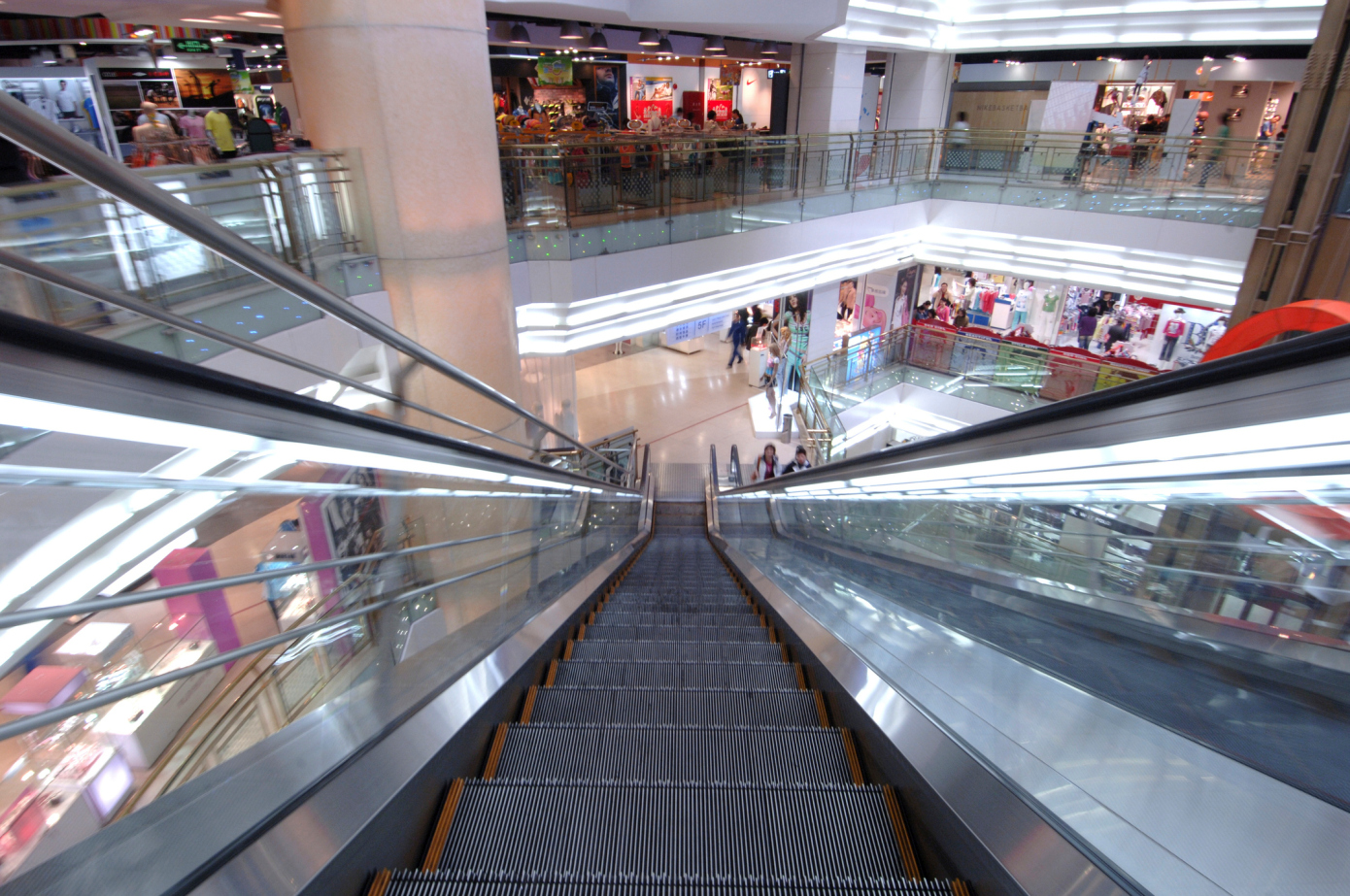
Black Friday — the day that launched 1,000 other shopping holidays — may have lost its place as the “start” of the Christmas shopping season by now (it gets bigger and earlier with each passing year). But the day after Thanksgiving still pulls in a crowd of buyers looking for a bargain and remains a major bellwether for tracking how sales will progress in what is the most important period for the retail and commerce sector.
This year saw growth, but at the low end of the predicted range.
Adobe, which is following online sales in real-time at 80 of the top 100 retailers in the U.S., covering some 100 million SKUs, said US consumers spent $9 billion online on Black Friday, up 21.6% on a year ago. Adobe had originally forecast sales of between $8.9 billion and $9.6 billion.
The figure makes Black Friday (for now at least) the second-largest online spending day in US history (after 2019’s Cyber Monday).
Although growth was not as wild as some thought it might be, it still had a fillip from current circumstances. Because of the Covid-19 pandemic, this year was definitely slimmer when it came to actual, in-person crowds — kind of a refreshing break from those times when you feel like it’s the worst of humanity when people are breaking out into fights over TVs at a local Walmart.
Smartphones continued to account for an increasing proportion of online sales, with this year’s $3.6 billion up 25.3%, while alternative deliveries — a sign of the e-commerce space maturing — also continued to grow, with in-store and curbside pickup up 52% on 2019.
Adobe predicts Cyber Monday 2020 will see spending of between $10.8 billion and $12.7 billion.
For some context, in 2019, Adobe tracked $7.4 billion in online sales, and yesterday it said that shoppers spent $5.1 billion on Thanksgiving, with more than $3 billion spent online each day in the week leading up to Thursday.
Its analysts said evening would be big for online shopping — which makes sense since people might have been either going out in person during the day, or just doing something else on a day off.
Not all are in agreement that night time is the right time, however. Figures from Shopify — which analyses activity from the 1 million-plus merchants that use its e-commerce platform — said that the peak shopping hour on its platform was actually 9am Eastern, when there were as many as $3 million in sales per minute. The average cart size for US shoppers was $95.60, it added.
Interestingly, Shopify’s per-minute sales number underscores how the long tail of merchants are still quite a ways behind the very biggest: Adobe noted that its figures, across the sites that it tracks (which have at least $1 billion in annual sales) tally to $6.3 million spent per minute on Black Friday.
In either case, smartphones continue to be a major driver of how sales get made. Adobe said 40% of all sales were on handsets, lower than the day before but 7% higher than in 2019.
And just as it was yesterday, it seems that smaller retailers are attracting more shoppers on mobile: Shopify said that some 70% of its sales are being made via smartphones.
We’ll see how all of that plays out later today also with the initial figures from “Small Business Saturday”, which is the latest of the shopping designations added to the holiday weekend, this one trying to hone focus more squarely away from major chains and big box merchants.
One big takeaway from the bigger weekend figures will be that offering items — electronics, tech, toys and sports goods being the most popular categories — at the right price will help retailers continue to bring in sales, in what has proven to be an especially strong year for online shopping. Many have opted to stay away from crowded places due to the pandemic, and it has also been a critical year for retailers because of the drag that the pandemic has had on the wider economy.
Cyber Monday is likely to continue to be the biggest of them all, expected to bring in between $11.2 billion and $13 billion in e-commerce transactions, up 19%-38% year-on-year.
Perhaps because of the shift to more online shopping, and the concern over flagging sales, it’s interesting that “holiday season” has also been extended and now comes earlier. Adobe said a survey of consumers found that 41% said they would start shopping earlier this year than previous years due to much earlier discounts. Recall too that Amazon’s Prime Day was delayed to start in October this year, an ‘event’ that many treated as a moment to get a jump start on holiday shopping.
“Black Friday is headed for record-breaking levels as consumers flock online to shop for both holiday gifts and necessities,” said Taylor Schreiner, director, Adobe Digital Insights. “Concurrently, it’s also worth noting that this year, we’re seeing strong online sales momentum across not only the major shopping days like Thanksgiving weekend, but throughout the holiday season as consumers spread out their shopping across several weeks in reaction to continued, heavy discounting from retailers.”
